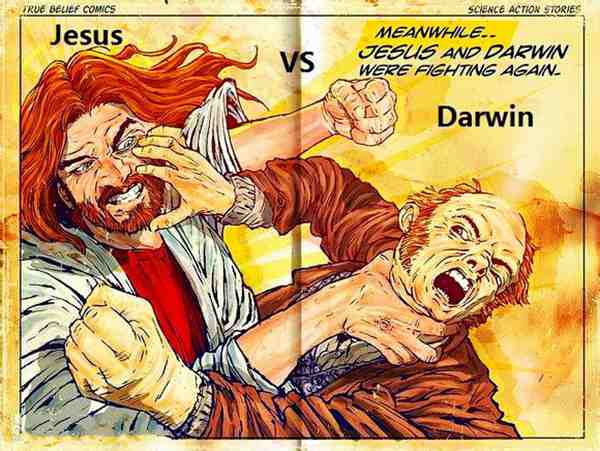He was never knighted, though he was buried in Westminster Abbey — next to Newton. He died at Down in April 1882. Mendel died two years later.
盡管他死后被埋在威斯敏斯特大教堂——牛頓的身旁,但是他生前從未被授予爵位。達爾文死于1882年4月下旬。兩年后孟德爾也去世了。
Darwin's theory didn't really gain widespread acceptance until the 1930s and 1940s, with the advance of a refined theory called, with a certain hauteur, the Modern Synthesis, combining Darwin's ideas with those of Mendel and others. For Mendel, appreciation was also posthumous, though it came somewhat sooner. In 1900, three scientists working separately in Europe rediscovered Mendel's work more or less simultaneously. It was only because one of them, a Dutchman named Hugo de Vries, seemed set to claim Mendel's insights as his own that a rival made it noisily clear that the credit really lay with the forgotten monk.
直到20世紀30-40年代,隨著一門被稱為“現代組合理論”略有些大搖大擺的登場(該理論將達爾文的和孟德爾的及其他一些人的思想進行了綜合歸納),達爾文的理論才開始真正為眾多的人所接受。而對于孟德爾來說,他生前也是默默無聞,死后不久卻哀榮備至。1900年,三位歐洲的科學家幾乎同時分別重新發現了孟德爾的理論。其中一個是名為雨果·德弗里斯的荷蘭科學家,他將孟德爾的成果據為己有,結果被他的一位對手捅了馬蜂窩,事情鬧得沸沸揚揚。真相大白之后,人們才意識到榮譽應該歸于一位被遺忘的修道士。

The world was almost ready, but not quite, to begin to understand how we got here — how we made each other. It is fairly amazing to reflect that at the beginning of the twentieth century, and for some years beyond, the best scientific minds in the world couldn't actually tell you where babies came from.
世界已經作好了準備,但還不夠充分,開始明自我們是怎么來到這個世界上的,我們是怎么在互相競爭中形成的。直到20世紀初期,甚至是以后的一段時間里,即使是世界最優秀的科學家也不能明白無誤地告訴你嬰兒是從哪里來的,這實在是一件十分令人驚訝的事。
And these, you may recall, were men who thought science was nearly at an end.
而這些人,你大概回憶得起來,就是那些認為科學已經快要發展到盡頭了的人。












